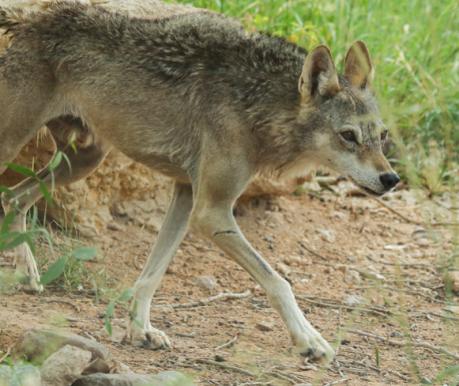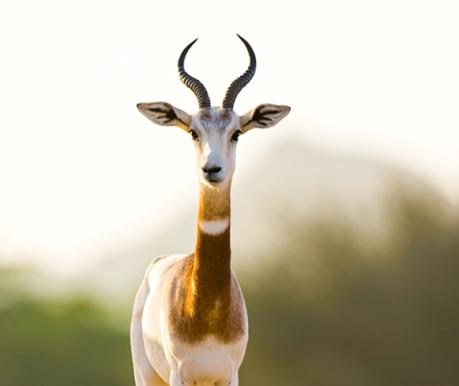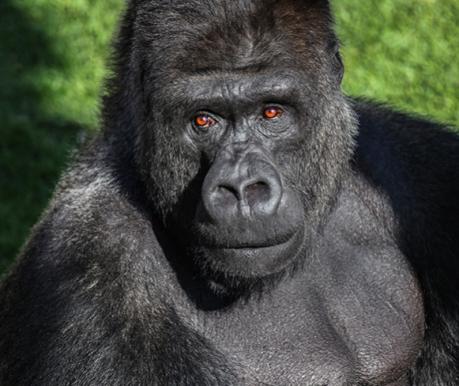Name: Ring-tailed lemur
Scientific Name: Lemur catta
Species: Maki mococo
Hello friends, I am thrilled you are here my name is Uno are you eager to learn about me?! I am a ring-tailed lemur. Can you guess how I got my name? It’s because of my black and white ringed tail. It’s very long and makes us stand out in the crowd!
I am a large primate of the Lemuridae family known as the “true lemurs.” I am found mainly on the wonderful island of Madagascar (where we like to move it, move it!). We are classified as endangered. I am locally known in Malagasy as maky, and I live in the dense forests and spiny scrublands in the southern regions of the island. I am usually herbivorous, which means my diet is primarily plant-based, and I am a diurnal animal, meaning that I am active during the day and asleep during the night, just like you! My average lifespan in the wild is up to 18 years. As for my height, from my head to the tip of my tail, I can grow up to 109 centimeters and can weigh from 2 to 3.5 kilograms.
I rely strongly on my sense of smell for personal protection, and the males of our species mark their territory using special scent glands. They have a distinct scent-marking practice called “spur marking”, and they engage in stink fights by wafting their scent at their enemies with their long tails. Stinky but very effective!
Another one of my traits is that I am a very vocal primate. I express myself with my voice, especially for alarm calls and keeping the family together when we forage for food. Studies of us by humans have shown that although my kind has a fairly small brain, we can perform intelligent tasks such as organizing sequences and selecting tools based on how they work. Isn’t that neat?
As a very social animal, I live in groups of up to 30 predominantly female individuals, which is a common trait among lemurs like me. I love to huddle with my social group to keep warm and bond with them. I also enjoy sunbathing while sitting upright with my thinner white fur facing the sun. I spend most of my time on the ground, which makes me semi-terrestrial. In fact, among all the other lemur species, I spend as much as 33% of my days at ground level.
Habitat:
I am indigenous to southern and southwestern Madagascar, and my territorial range includes highland areas. I love to inhabit deciduous forests and dry scrub areas near rivers.
Threats:
Unfortunately, I am classified as endangered under the IUCN Red List because of the destruction of our homes. Hunters go after us for our meat and fur, they catch us to sell in the illegal exotic pet trade, and we are often threatened if there is a drought. In 2017, it was reported that the ring-tailed lemur population fell to as low as just 2,000 animals in the wild because of poaching and hunting.
The good news is that even with my diminishing habitat and other dangers to my life, I can reproduce easily and do well in captivity, making me very popular in zoos worldwide.
Range:
I am found in Madagascar’s eastern region of Tolanaro, in the inland Andringitra mountains, and among the spiny forests of the southern part of the island.
Five national parks where my kind can be found on the island are Andohahela National Park, Andringitra National Park, Isalo National Park, Tsimanampetsotse National Park, and Zombitse-Vohibasia National Park. We can also be found in a number of reserves on the island and even some unprotected forests where sightings of us have been reported.
Conservation Action:
Several reserves provide different kinds of protection for ring-tailed lemurs, which, thankfully, some of my friends can call home. An example of such a place is the Beza Mahafaly Special Reserve, which has a holistic conservation approach and carries out field research and resource management. Overseas facilities for the conservation of ring-tailed lemur are found at the Duke Lemur Center in Durham, North Carolina, the Lemur Conservation Foundation in Myakka City, Florida, and the Madagascar Fauna Group headquartered at the Saint Louis Zoo.
The good news is that because there is a high achievement rate in captive breeding and survivability, if the ring-tailed lemur population in the wild were to disappear, reintroduction to the population looks promising because experimental releases have been successful.
These are just some of the most exciting bits of information about me! If you want to meet me, come and visit my home at Al Ain Zoo. See you here!





